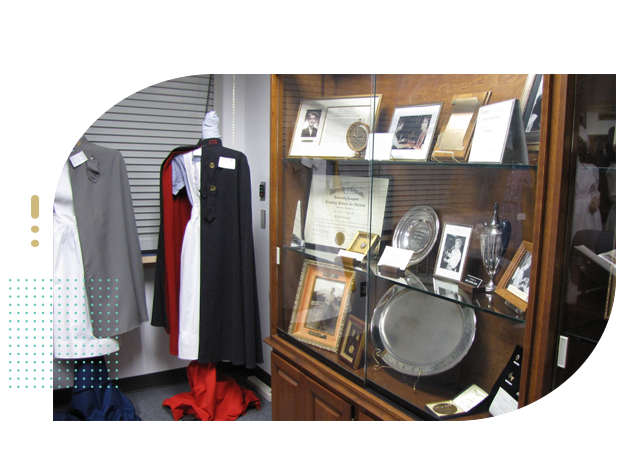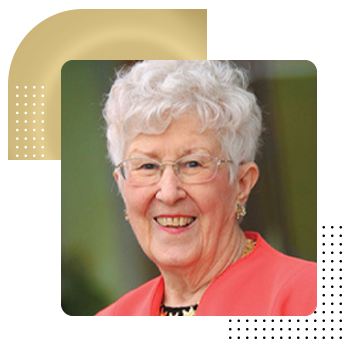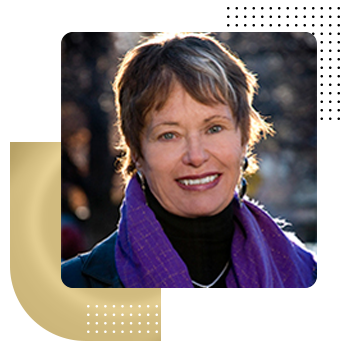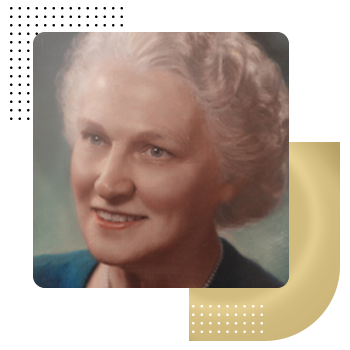Step into nursing's amazing past at CU's History Center
Discover a hidden treasure on the University of Colorado Anschutz Campus! The Nursing History Center takes you on an exciting journey through time, showing how nurses have shaped healthcare for over 125 years.
What You'll See
Walk into our center and you'll find yourself surrounded by fascinating pieces of nursing history that are a testament to our graduates’ commitment to honoring their profession’s legacy:
- Beautiful floor-length uniforms that look more like elegant gowns
- Historic class pins that nurses wore with pride
- Old yearbooks filled with stories and memories
- Medical tools that nurses used long ago
- Photographs that capture important moments in nursing history

Meet our nursing heroes

Creating the Nurse Practitioner role
In 1964, Dr. Loretta "Lee" Ford noticed something important: many mountain towns and rural areas in Colorado had no doctors nearby. Nurses were often the only healthcare providers these communities had! This inspired her to create something new - the nurse practitioner role. Today, nurse practitioners work in hospitals and clinics worldwide, thanks to Dr. Ford's vision.

Changing how we think about nursing care
Dr. Jean Watson developed the "Theory of Human Caring" while at CU, which transformed how nurses care for patients. Her ideas are now used in hospitals around the globe! Our center houses many of Dr. Watson's papers and international awards, showing how one person's ideas can change healthcare worldwide.

The inspiring story of World War II
During World War II, CU Nursing showed incredible courage. After Pearl Harbor, Dean Henrietta Loughran quietly helped Japanese-American nursing students continue their education at CU when many faced internment camps. We preserve their scrapbooks and stories, reminding us how nurses stand up for what's right.
Plan your visit
Come see how far nursing has come - and imagine where it might go next!
- Location: Anschutz Campus, Education 2 North, Room 4104
- Tours: Available by appointment
- Contact: Call Dana Brandorff at 303-724-1698 to schedule your visit